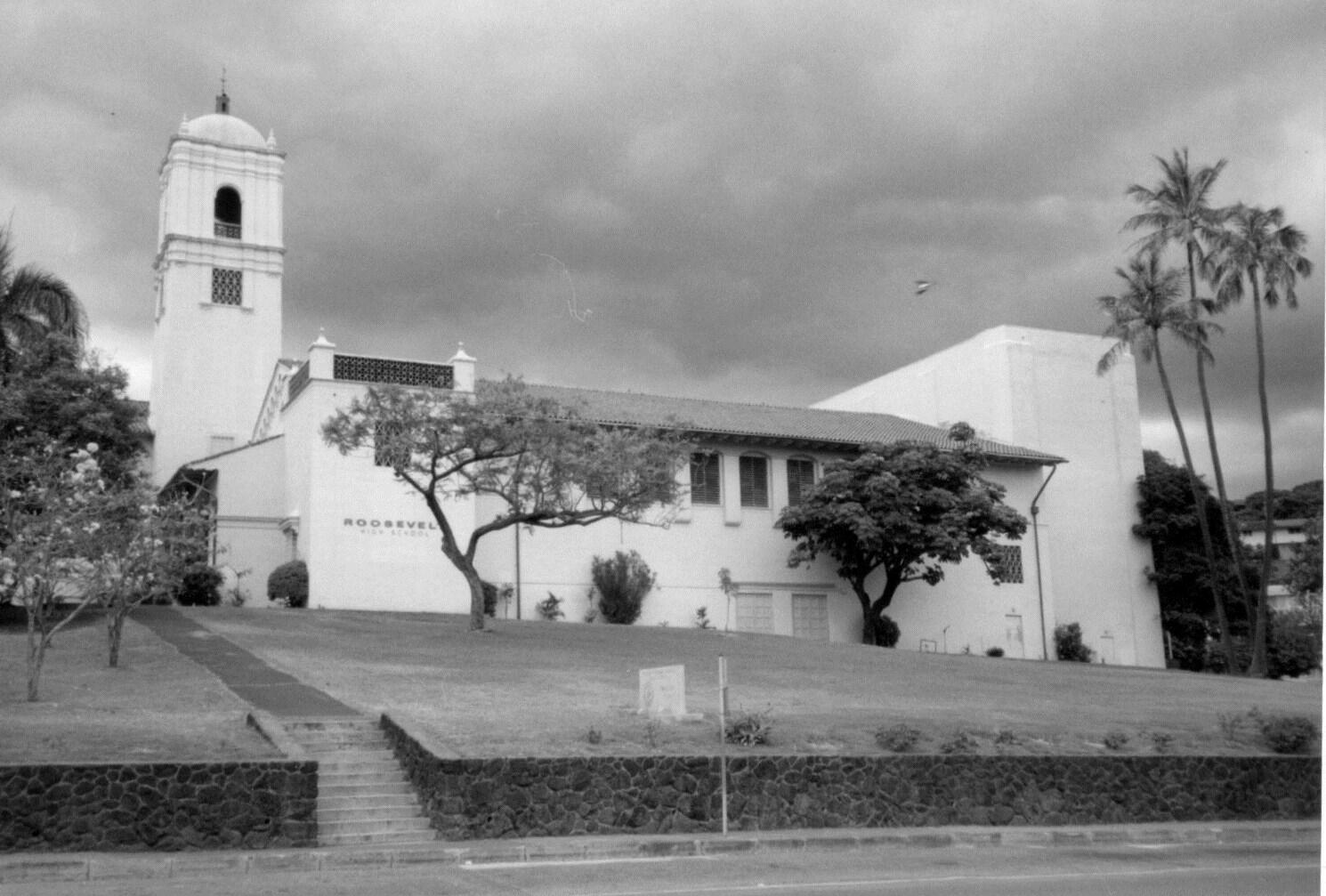Why Didn’t Japan Finish Off Pearl Harbor?
Looking back at when Pearl Harbor was attacked, it’s evident that mistakes were made on both sides. While the United States is believed to have made the gravest mistake by not being prepared for the Japanese assault, it’s also worth noting that Japan's miscues were equally detrimental. For all practical purposes, the attack on Pearl Harbor was largely incomplete. Over the course of two attack waves, during which the Japanese suffered minimal losses, it initially seemed like the Imperial Navy had delivered a fatal blow to the US Navy.
The fact is, it wasn’t enough of a strike, and even as the Japanese retreated from their allegedly successful assault on Pearl Harbor, there was much more that could have been done.
Why? Why did Japan make the impossible journey across the Pacific and risk a large fleet for an attack that was arguably incomplete? It was all about what the Japanese perceived to be an important part of the US Navy, though that belief ultimately led to ignoring multiple vital targets around the harbor and giving the US a fighting chance in World War II.
Why Did Japan See Pearl Harbor as an Easy Target?
Japan believed Pearl Harbor was an ideal target due to its strategic importance and perceived vulnerabilities. As the headquarters of the U.S. Pacific Fleet, it was the cornerstone of American military power in the Pacific. A successful attack could cripple the fleet, giving Japan a critical advantage as it pursued its expansion into Southeast Asia. By neutralizing the U.S. Navy’s ability to project power, Japan hoped to secure the resources it needed, such as oil and rubber, from the region without facing immediate resistance.
Additionally, Japan counted on the element of surprise. Pearl Harbor was located over 4,000 miles from Japan, and many believed an attack on such a distant base was unlikely. The U.S. had underestimated Japan's willingness and ability to launch a bold offensive so far from its shores. Furthermore, the fleet’s concentration in the harbor made it a compact and tempting target for aerial and torpedo strikes. This combination of strategic value and perceived unpreparedness led Japan to view Pearl Harbor as a decisive first strike that could disable American intervention before the conflict fully unfolded. However, they were sorely mistaken.
An Incomplete Strike

Oil reserves at Pearl Harbor
As the Japanese planes set off to return to their carriers, after exhausting their torpedoes and bombs, they left behind a naval base engulfed in smoke and flames. Their mission seemed to be fully accomplished.
Even though much of Pearl Harbor was still intact, the Japanese felt confident that their strike on the primary targets—the battleships lined up at Battleship Row—was effective. Unbeknownst to them, however, the US Navy wouldn’t go down so easily, especially with so many vital resources still available.
The Japanese didn’t finish off Pearl Harbor because of a lack of resources and insight. Most of the American battleships were taking on water and were heavily damaged, but access to dry docks at the harbor proved to be incredibly useful in bringing most of the salvageable mighty vessels back into action.
Japan also didn’t completely decimate Pearl Harbor because it didn’t have the right targets in mind. While the battleships were vital to the American Navy, so, too, were the other resources nearby. Fueling stations, oil facilities, drydocks, and other important reservoirs and buildings were largely untouched. Because they still stood, the United States had the ability to repair its damaged vessels easily; the first of the Pearl Harbor battleships was put back into service just months later.
Operation K

Roosevelt High School in Oahu
Realizing that Pearl Harbor was still a functioning unit in the US Navy, Japan intended on disrupting repairs in another attack in March of 1942. The scheduled assault was undertaken by two Kawanishi H8K “Emily” Flying Boats, and though they made the lengthy—and record setting—journey across the Pacific to their target, the small attack was unsuccessful. Despite minimal damage to nearby Roosevelt High School, the H8Ks failed to do any damage.







